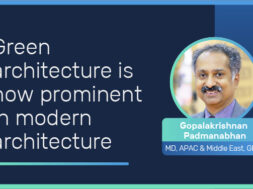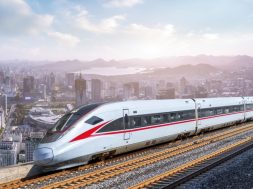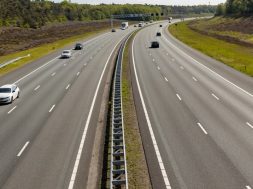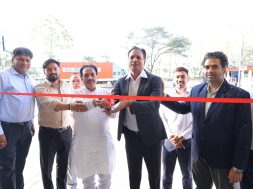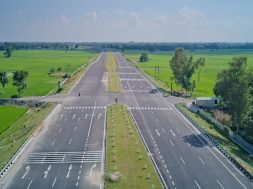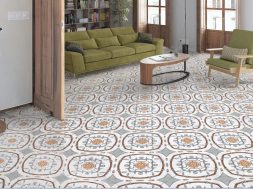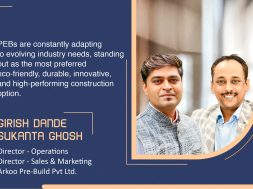Green architecture is now prominent in modern architecture
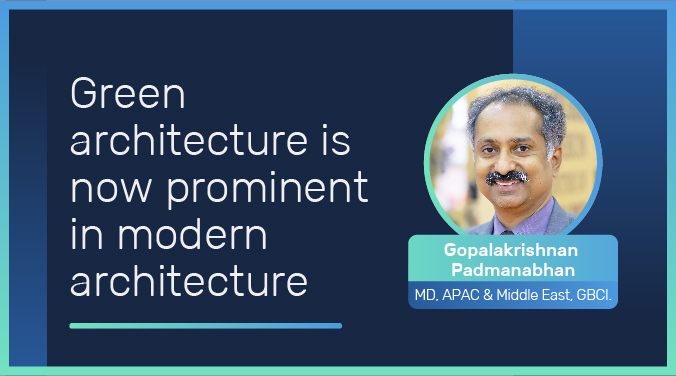
Gopalakrishnan Padmanabhan, Managing Director – APAC & Middle East, Green Business Certificate Institute, shares his indepth expertise on GBCI and how strongly the focus is growing on sustainability.
The Leadership in Energy and Environmental Design (LEED) certification by GBCI provides a framework for creating healthy, energy-efficient green buildings that yield significant cost savings. LEED is a globally recognised mark of sustainability, signifying good performance on five critical parameters: energy savings, water usage, waste management, reduction of carbon footprints, and the health of the building’s occupants. LEED applies to both commercial and residential buildings. Their rating programme aims to make sustainable building initiatives accessible to architects and developers. It is also expected to create a medium to measure and document sustainable buildings.
Which initiatives and regulations from GBCI are helping the architects and the contractors ensure and maintain sustainable standards across the construction projects?
As a council, we continually evolve our LEED standards, encouraging architects to do better with their designs. This enables them to look at the building process holistically, considering everything from material origins to occupant health. LEED buildings have contributed to the elevation of building standards and set the baseline for projects. With the recent launch of the LEED Zero Certification program, many architects and project owners have started designing their projects considering the LEED / net zero requirements.
How do you see the need to adhere to green building standards to ensure the implementation of sustainable architecture?
Green buildings are a global solution for mitigating climate change. Sustainable design, construction, and operations of green buildings significantly reduce carbon emissions, energy consumption, and waste generation; conserve water; prioritise using safer materials; and lower people’s exposure to toxins. Adhering to green building standards makes good sense for residential and commercial projects from both a business and an environmental perspective.

What are real estate developers doing in response to green building architectural designs?
There is a strong and growing focus today on sustainable planning and design. Real estate developers and builders use renewable energy and sustainable construction materials such as wood, green cement, alternative bricks, and sustainable concrete, all of which significantly reduce carbon emissions. Many real estate developers are looking to construct “net-zero” buildings, i.e., buildings whose energy consumption is approximately equal to their energy output. Such projects often use energy-efficient technologies such as geothermal air conditioning, LED lighting, and solar panels, which help conserve valuable natural resources and yield multiple benefits, including a reduction in energy and water consumption.

Is contemporary architecture an excellent complement to green construction principles?
Sustainability as a contemporary design concept has existed for centuries in some form or another, including the use of local materials and designs that respond to local environmental conditions. Today, green architecture is one of the most in-demand facets of contemporary architecture. Green design principles and contemporary architecture aim to maximise sustainability by promoting environmentally friendly practices. Using renewable energy systems as an alternative to fossil-fuel driven power sources and adopting energy-efficient equipment, water saving fittings, rainwater harvesting, and waste management will take buildings closer to their net-zero energy and carbon neutrality goals.

To ensure this, what considerations must be made in mechanical, electrical, and plumbing (MEP) designs?
Environmentally sound building practices are becoming an indispensable element of almost all construction and renovation projects, with mechanical, electrical, and plumbing (MEP) design playing an important role. MEP design minimises energy consumption, maximises energy efficiency, creates healthier environments for building users, lowers operating costs, and improves the return on investment for building owners. Sustainable building design reduces the overall environmental impact over a building’s entire lifecycle. MEP systems should ideally be developed with materials, equipment, and components that require minimal water, energy, and toxic chemicals for maintenance.

Cookie Consent
We use cookies to personalize your experience. By continuing to visit this website you agree to our Terms & Conditions, Privacy Policy and Cookie Policy.
